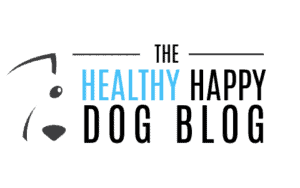Welcome, fellow dog lovers! Today, we’re going to focus on a very important topic – Bull Terrier Eye Health. As a holistic veterinarian, I’ve treated many Bull Terriers in my practice and I’ve seen first-hand the unique challenges this breed faces when it comes to maintaining healthy eyes.
Our Bull Terrier friends are known for their distinctive, triangular-shaped eyes, which add to their unique charm. However, this distinctive feature also makes them prone to certain eye conditions. Understanding these potential problems is the first step towards ensuring our beloved pets have the best chance at maintaining good eye health.
We’ll discuss common Bull Terrier eye problems, from minor irritations to more serious conditions like cataracts and progressive retinal atrophy. But don’t worry, it’s not all doom and gloom! We’ll also talk about preventative measures, including dietary adjustments and environmental changes, that can help protect your Bull Terrier’s eyes.
Remember, early detection and treatment are key when it comes to Bull Terrier eye diseases. So, whether you’re a seasoned Bull Terrier owner or considering adding one to your family, this information is crucial. Let’s dive in and learn more about Bull Terrier Eye Health!
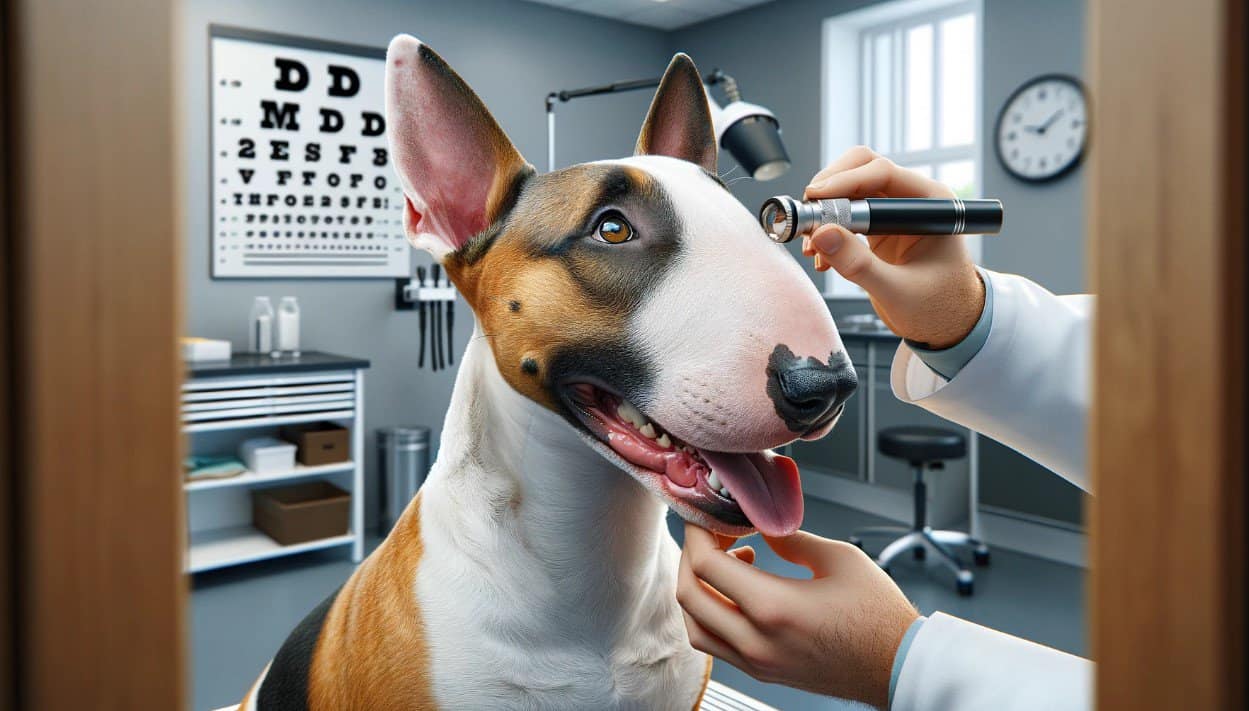
Understanding Breed Specific Eye Structure
As a holistic veterinarian, I’ve had many conversations with Bull Terrier parents about their dog’s unique eye structure. Understanding the anatomy of your Bull Terrier’s eyes is the first step towards ensuring their optimal eye health.
Bull Terriers have a distinctive eye shape and placement that sets them apart from other breeds. Their eyes are triangular or almond-shaped, and they are placed obliquely in the skull. This unique eye structure gives Bull Terriers their characteristic keen expression.
The eye of a Bull Terrier is composed of several layers. The outermost layer is the cornea, a clear protective shield that allows light to enter the eye. Behind the cornea is the iris, the colored part of the eye which controls the amount of light that enters the eye. The pupil, the black center of the eye, is an opening in the iris that allows light to travel to the back of the eye. Behind the pupil is the lens, which focuses light onto the retina at the back of the eye. The retina is made up of cells that convert light into signals for the brain.
This breed-specific eye structure can predispose Bull Terriers to certain eye health issues, including progressive retinal atrophy and lens luxation. Understanding these potential problems can help you take preventive measures and seek early treatment if necessary.
Moreover, the unique shape and placement of Bull Terrier eyes can make them more susceptible to environmental irritants like dust and pollen. Regular cleaning and maintenance, as well as providing a clean and healthy living environment, are crucial for preventing eye infections and injuries.
Understanding your Bull Terrier’s eye structure also gives you insight into their vision. Dogs see the world differently than humans do. Their vision is less sharp, but they have a wider field of view and better night vision. They also see colors differently – while humans see a full spectrum of colors, dogs see mostly shades of blue and yellow.
In the end, the more you understand about your Bull Terrier’s eyes, the better prepared you’ll be to protect their eye health. Stay tuned for more insights on common eye issues in Bull Terriers and how to prevent them.
Common Eye Issues In Bull Terrier
As a veterinarian, I’ve had the opportunity to treat many Bull Terrier Eye Health issues. This breed is known for its distinctive appearance, which includes their unique eye shape. However, this uniqueness can sometimes lead to certain eye problems. Here are some of the most common ones:
- Cherry Eye: This condition occurs when the gland in the third eyelid becomes inflamed and protrudes, resembling a cherry. It’s not usually painful but can lead to other complications if left untreated.
- Entropion: In this condition, the eyelid rolls inwards, causing the lashes to rub against the eye surface. It can cause significant discomfort and can lead to ulcers or infections if not addressed promptly.
- Corneal Ulcers: These are wounds on the cornea, often resulting from trauma, entropion, or infections. They can cause pain, redness, and impaired vision, and need immediate veterinary attention.
- Progressive Retinal Atrophy (PRA): This is a genetic disorder that gradually causes blindness. While there’s no cure, early detection can help manage the condition and slow down the progression.
- Cataracts: These are cloudy spots on the eye lens, causing impaired vision or blindness. They’re common in older Bull Terriers, but can also occur in younger dogs due to genetics or injury.
As a dog parent, it’s crucial to keep a close eye on your Bull Terrier’s eye health. Regular check-ups can help detect these conditions early, and immediate treatment can prevent them from worsening. Remember, Bull Terrier Eye Health is an essential part of their overall well-being.
To recognize these conditions, watch out for symptoms such as redness, excessive tearing, cloudiness, squinting, rubbing the eyes, or changes in behavior. If you notice any of these signs, it’s best to consult your vet immediately.
While some of these conditions are genetic and hence unavoidable, others can be prevented with proper care and attention. The next section will discuss various preventive measures you can take to maintain your Bull Terrier’s eye health.
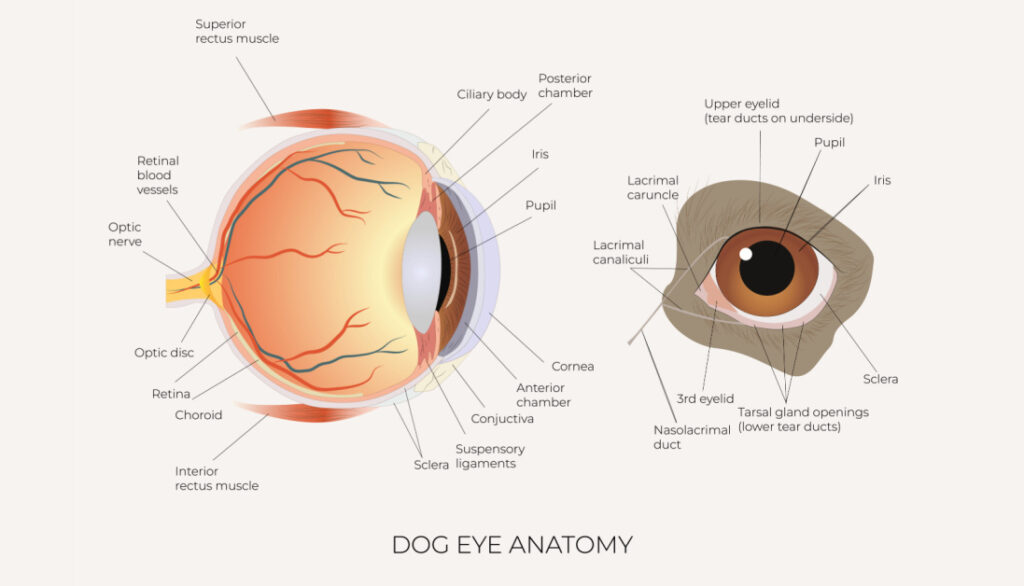
Nourishing Your Bull Terrier’s Vision: Essential Nutrients for Eye Health
Ensuring your Bull Terrier gets the right nutrients for optimal eye health is essential for maintaining clear vision and preventing age-related issues. Natural, nutrient-rich foods and supplements can play a key role in supporting their eyesight. From vitamin A-packed freeze-dried liver treats to antioxidant-rich blueberries and targeted supplements like Eyeplex by Standard Process, there are several ways to nourish your dog’s eyes. In this section, we’ll explore how these powerful ingredients contribute to long-term vision health and overall well-being.
Eyeplex by Standard Process
Eyeplex by Standard Process is a specialized supplement designed to support your Bull Terrier’s eye health with a blend of essential nutrients. Formulated with key vitamins, minerals, and antioxidants, Eyeplex helps protect against oxidative stress, supports retinal function, and promotes overall vision health. Ingredients like vitamin A, vitamin C, and zinc contribute to maintaining strong eyesight, while whole food ingredients provide additional phytonutrients for cellular protection. Adding Eyeplex to your Bull Terrier’s diet can be especially beneficial for aging dogs or breeds prone to eye conditions, offering targeted nutritional support to keep their vision sharp and healthy for years to come.
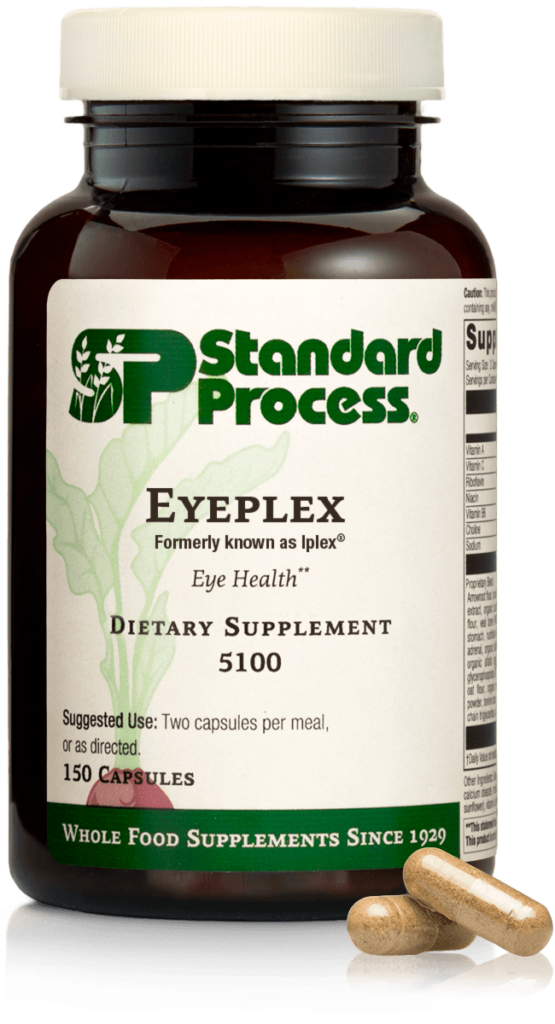
Freeze-Dried Blueberries
Freeze-dried blueberries are a powerhouse of antioxidants that can help protect your Bull Terrier’s eyes from oxidative stress and age-related damage. Rich in vitamins C and E, as well as anthocyanins, these tiny but mighty berries help combat free radicals that can contribute to eye diseases like cataracts and macular degeneration. Incorporating freeze-dried blueberries into your dog’s diet provides a natural and delicious way to support retinal health, reduce inflammation, and promote overall vision longevity. Plus, they’re a low-calorie, dog-friendly treat that makes a great addition to a balanced diet for long-term eye health.
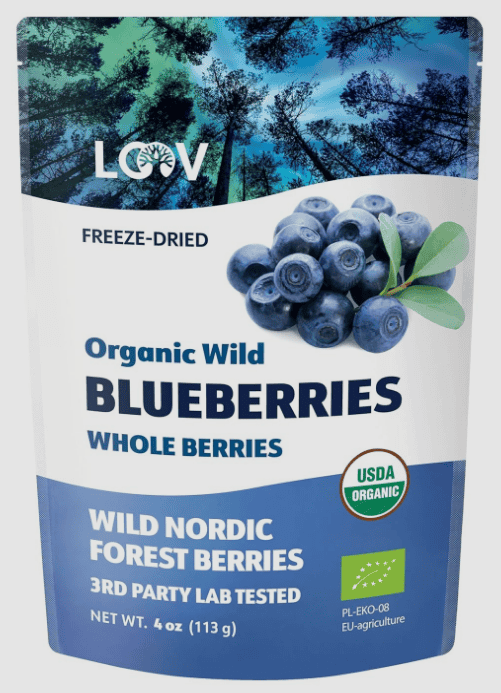
Freeze-Dried Liver
Freeze-dried liver treats are an excellent natural source of vitamin A, an essential nutrient for your Bull Terrier’s eye health. Vitamin A plays a crucial role in maintaining good vision, especially in low-light conditions, while also supporting overall immune function and skin health. Since liver is rich in bioavailable vitamin A, incorporating freeze-dried liver treats into your dog’s diet provides a convenient and nutritious way to promote optimal eye function. Just be sure to feed them in moderation, as excessive vitamin A can lead to toxicity. Adding these nutrient-packed treats to your pup’s routine is a simple, tasty way to support their long-term vision and well-being!
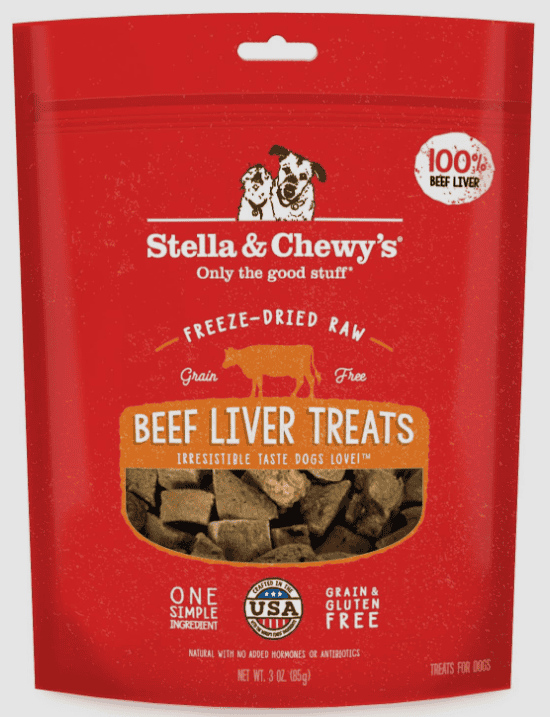
Environmental Hygiene To Reduce Eye Problems
Ensuring a clean and healthy environment is a vital part of maintaining your Bull Terrier’s eye health. There are several factors to consider, including indoor air quality and the use of sprays, diffusers, candles, and incense.
Indoor Air Quality
Indoor air quality can have a significant impact on your Bull Terrier’s eye health. Dust, dirt, and allergens can irritate your dog’s eyes, leading to discomfort and potential eye problems. To minimize this risk, regularly clean and vacuum your home to reduce dust and allergens. Air purifiers can also help improve indoor air quality by filtering out harmful particles.
Consider your pet’s proximity to floor level where dust tends to settle. Regularly washing your dog’s bedding can also help reduce the amount of dust and allergens they are exposed to.
Sprays, Diffusers, Candles, and Incense
While we may enjoy the scent of air fresheners, candles, or incense, these can be irritating to your Bull Terrier’s eyes. Chemicals and artificial fragrances can cause eye irritation, leading to redness, itching, and potential eye conditions. When possible, opt for natural alternatives or ensure your pet is in a well-ventilated area when using these products.
Remember, your Bull Terrier’s eye health is not just about regular check-ups and treatments. It’s about creating a safe, clean, and comfortable environment for them. By maintaining good environmental hygiene, you can help prevent eye problems and ensure your Bull Terrier’s eyes stay bright and healthy.
Remember, your pet’s health should always be a priority. If you notice any changes in your Bull Terrier’s eyes, such as redness, discharge, or changes in behavior, it’s crucial to seek veterinary advice immediately. Early detection and treatment are key to maintaining your Bull Terrier’s eye health.
Next, we’ll discuss routine Bull Terrier eye care and maintenance, including daily and weekly care and the importance of monitoring hair length, nail length, and bath frequency.
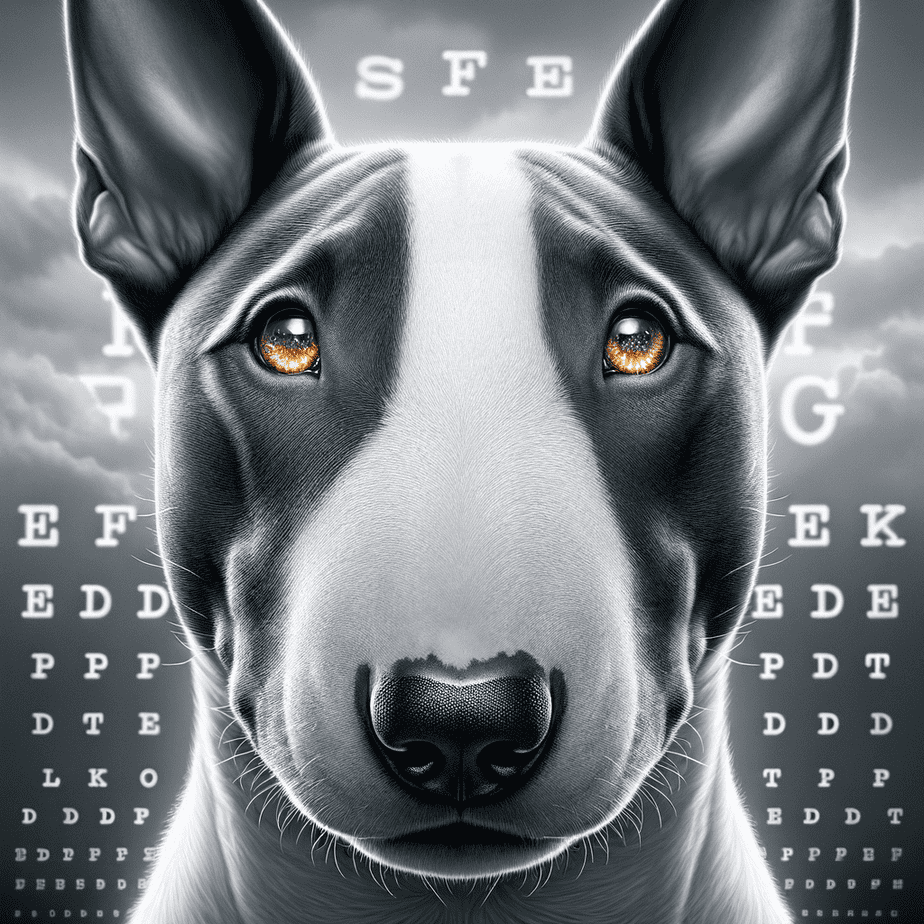
Routine Bull Terrier Eye Care & Maintenance
Taking care of your Bull Terrier’s eye health goes beyond treating diseases and conditions. It involves a routine of care and maintenance to prevent problems before they occur. Here’s how you can keep your Bull Terrier’s eyes healthy and bright.
Daily & Weekly Care & Maintenance
Just like us, Bull Terriers can benefit from daily and weekly eye care routines. Start with a daily visual inspection of your dog’s eyes. Look for signs of redness, swelling, discharge, or anything that seems out of the ordinary. If you notice anything unusual, it’s best to consult your vet immediately.
Next, make it a habit to wipe your Bull Terrier’s eyes with a clean, damp cloth every day. This will help remove any dirt or debris that could cause irritation or infection. Be gentle and avoid touching the eye itself. Always wipe from the inner corner of the eye outward to prevent spreading any potential infection.
On a weekly basis, consider using a vet-approved eye rinse to flush out any irritants. This can be particularly helpful if your Bull Terrier is prone to eye issues. However, always consult with your vet before introducing new products into your dog’s care routine.
Monitor Hair Length, Nail Length, Bath Frequency
Another aspect of Bull Terrier eye health that you might not have considered is the length of your dog’s hair and nails. Long hair can easily get into your dog’s eyes, causing irritation and potential eye problems. Regular grooming and keeping the hair around the eyes short can help prevent this.
Similarly, long nails can accidentally scratch the eyes, especially during play or grooming. Regular nail trims can help avoid this risk.
Lastly, consider your dog’s bath frequency. While it’s important to keep your Bull Terrier clean, too many baths can dry out their skin and eyes. Aim for a balance that keeps your dog clean without causing irritation. Always avoid getting soap or shampoo in your dog’s eyes during bath time.
Remember, maintaining your Bull Terrier’s eye health is a combination of regular vet check-ups and a good home care routine. By keeping a close eye on your dog’s overall health and grooming habits, you can help ensure their eyes stay as healthy as possible.
Frequently Asked Questions
- What are common eye health conditions in Bull Terriers?
Common eye health conditions in Bull Terriers include cataracts, glaucoma, progressive retinal atrophy (PRA), and lens luxation.
- How can I prevent eye problems in my Bull Terrier?
To prevent eye problems, it is important to provide regular veterinary check-ups, maintain proper hygiene around the eyes, avoid exposure to irritants, and feed a balanced diet with essential nutrients for eye health.
- What are the symptoms of eye conditions in Bull Terriers?
Symptoms may vary depending on the specific eye condition, but common signs include redness, excessive tearing, cloudiness or opacity in the eyes, squinting, rubbing or pawing at the eyes, and changes in vision.
- Can eye conditions in Bull Terriers be treated?
Many eye conditions in Bull Terriers can be treated or managed with proper veterinary care. Treatment options may include medication, surgery, or specialized eye care.
- When should I seek veterinary attention for my Bull Terrier’s eye problems?
If you notice any signs of eye discomfort or abnormalities in your Bull Terrier, it is recommended to seek veterinary attention as soon as possible. Early detection and treatment can help prevent further complications.
